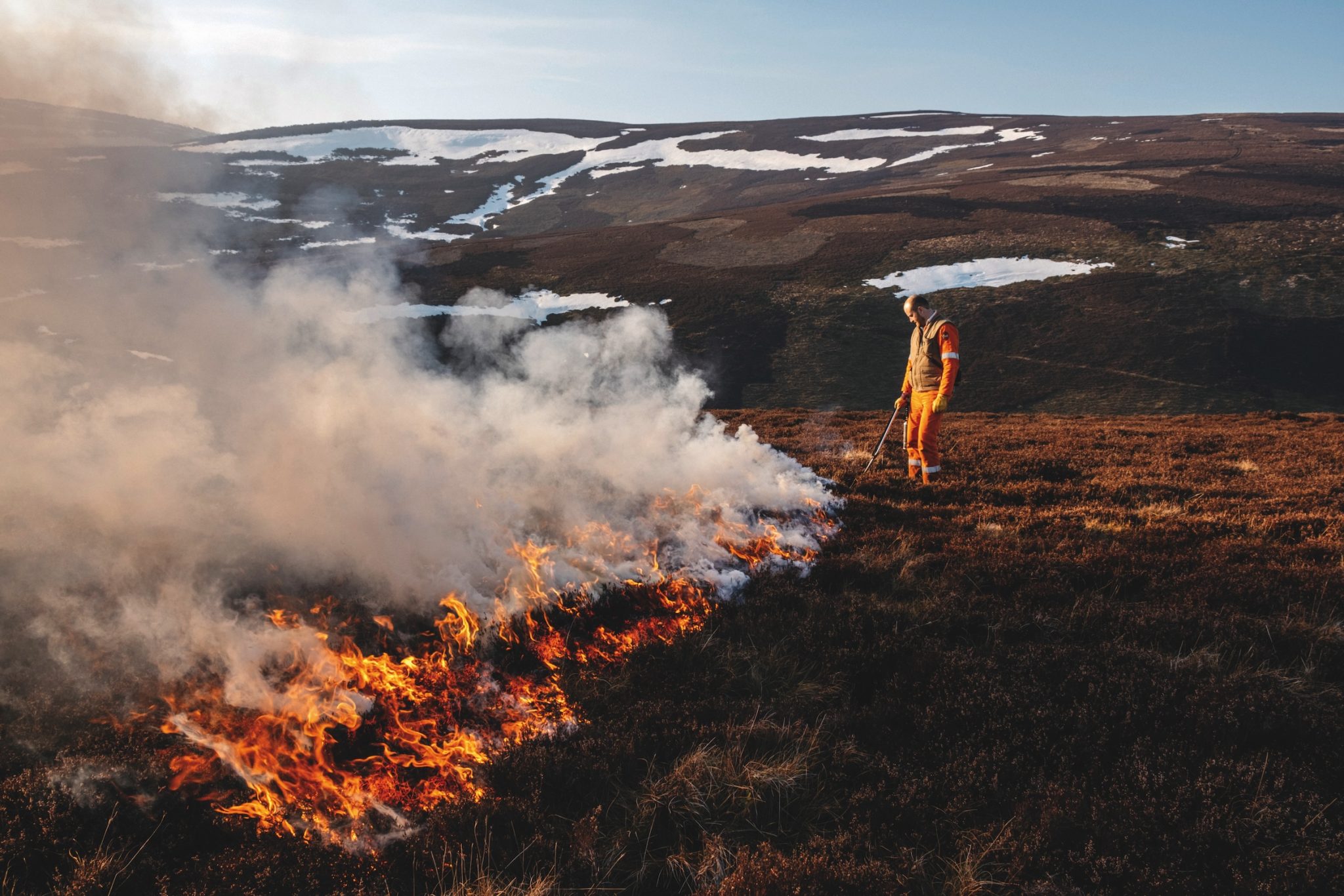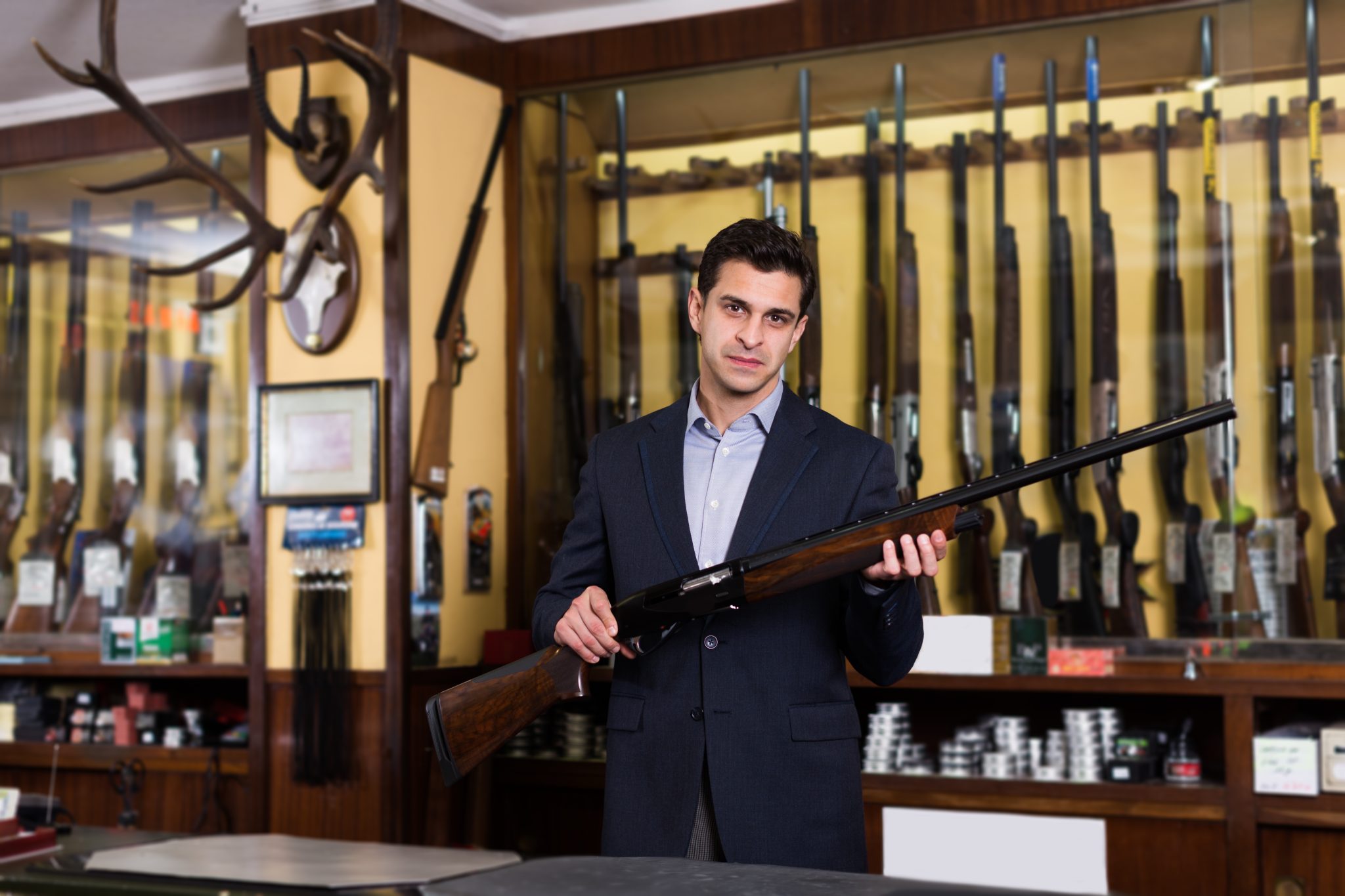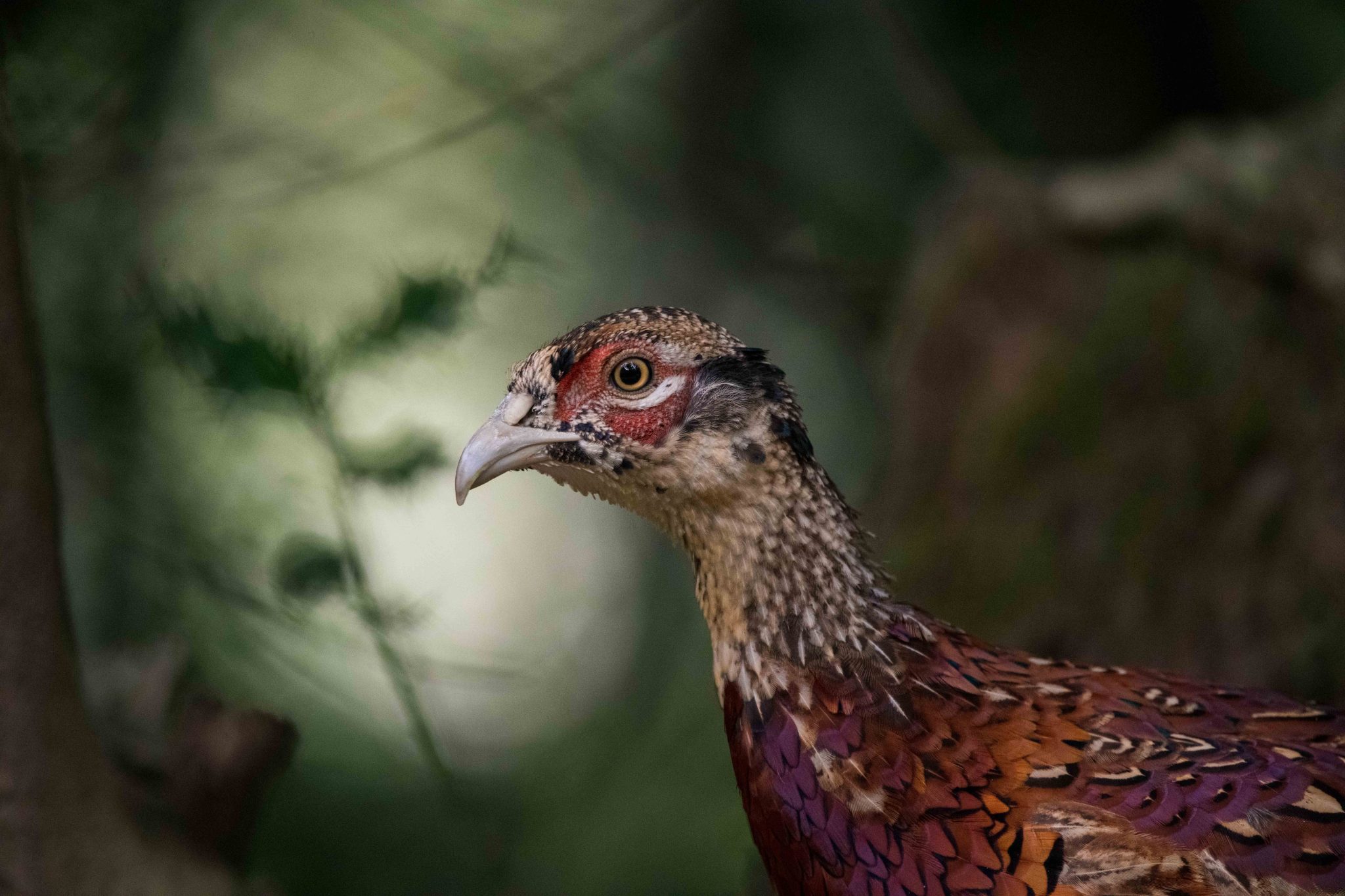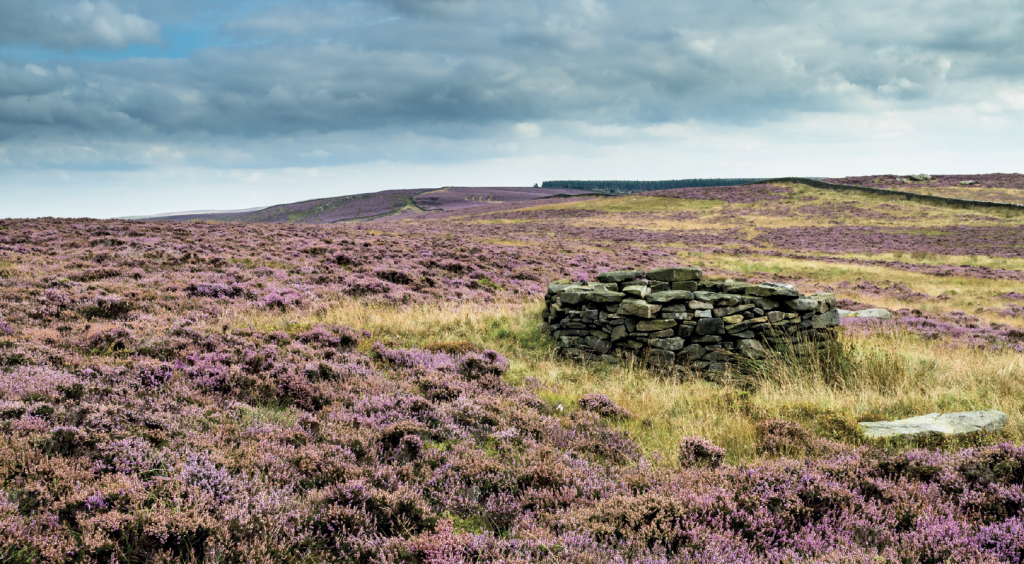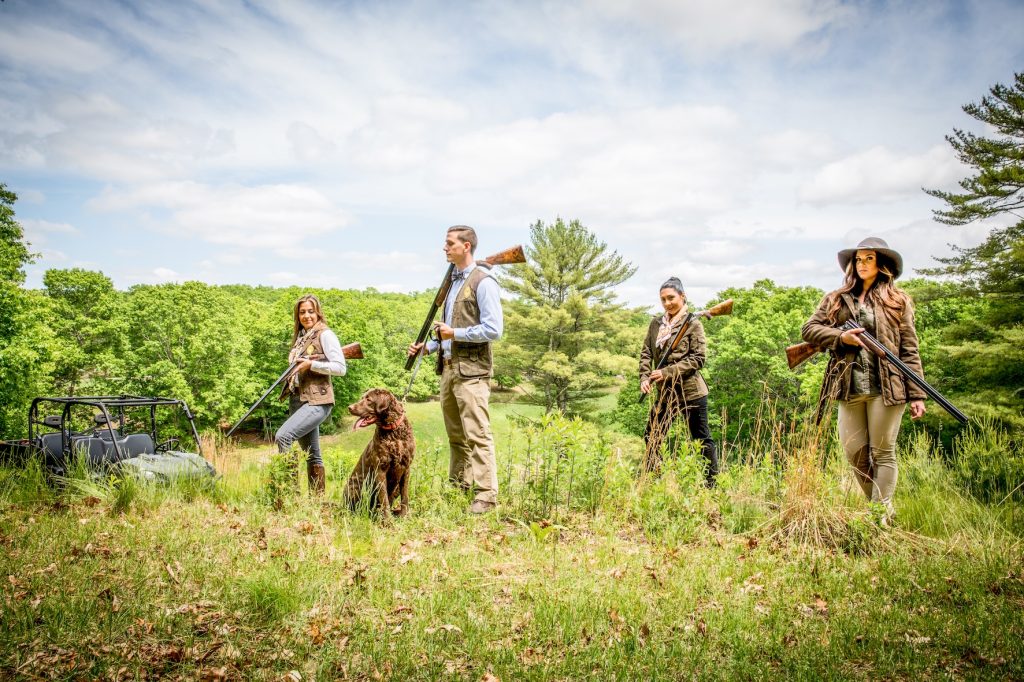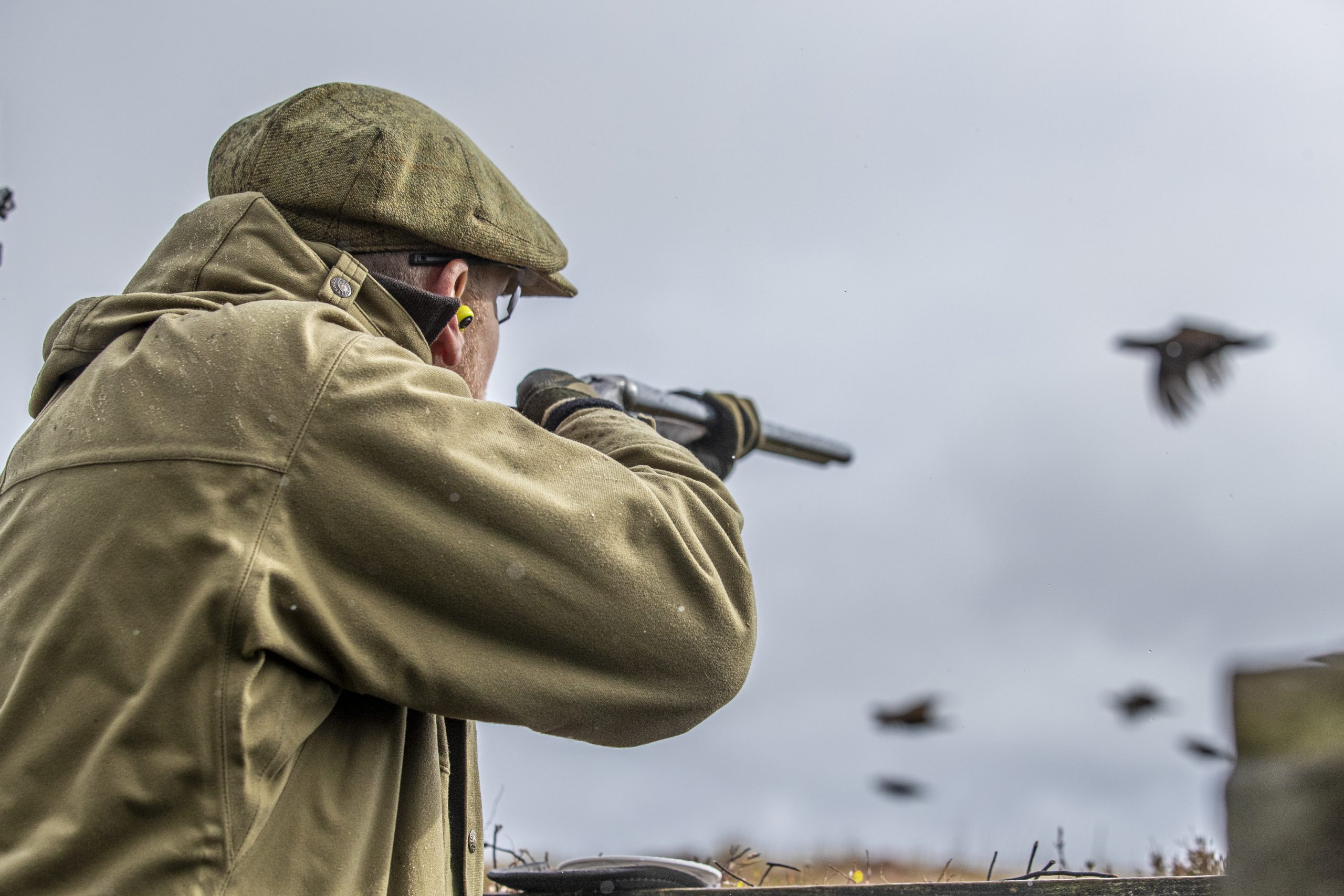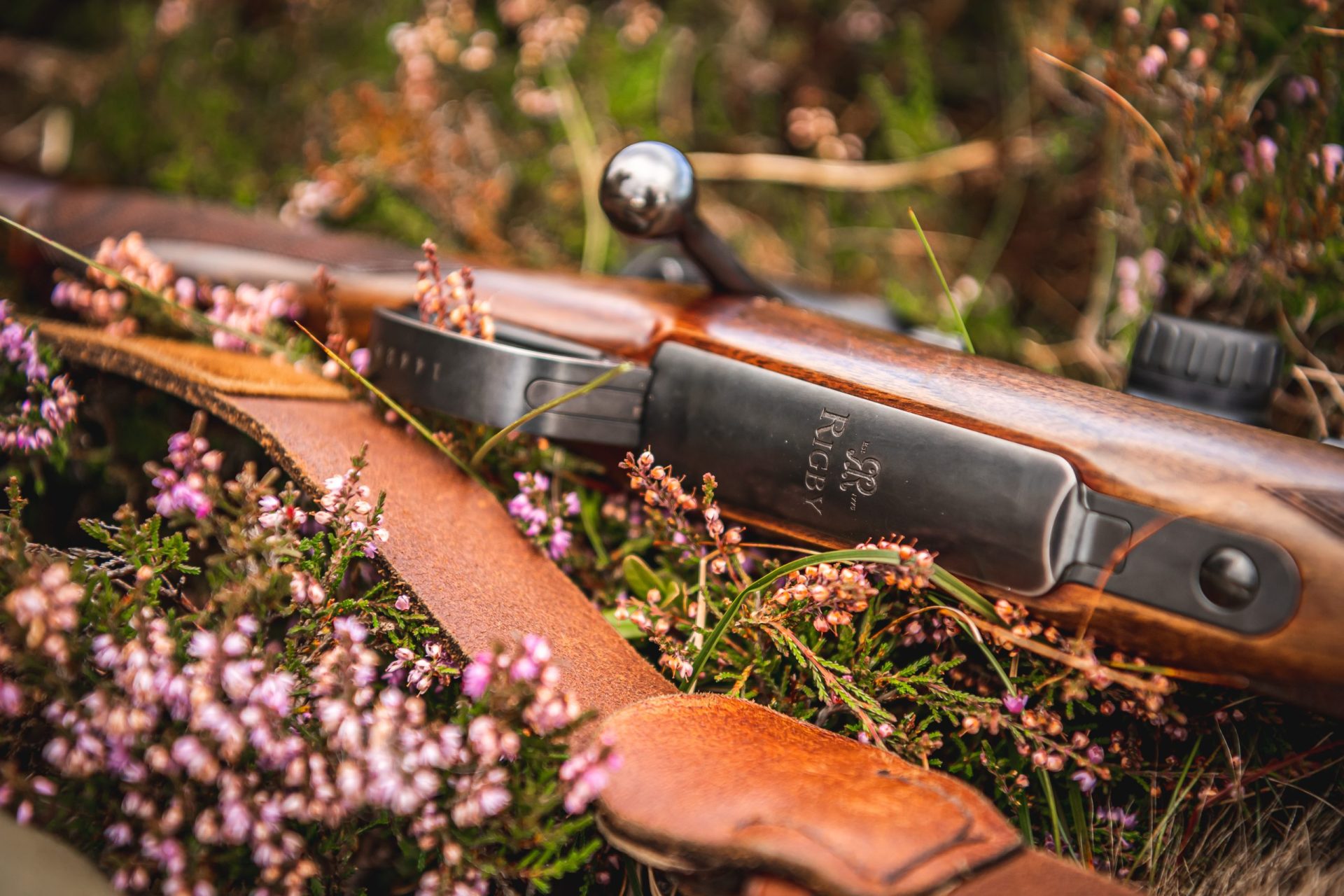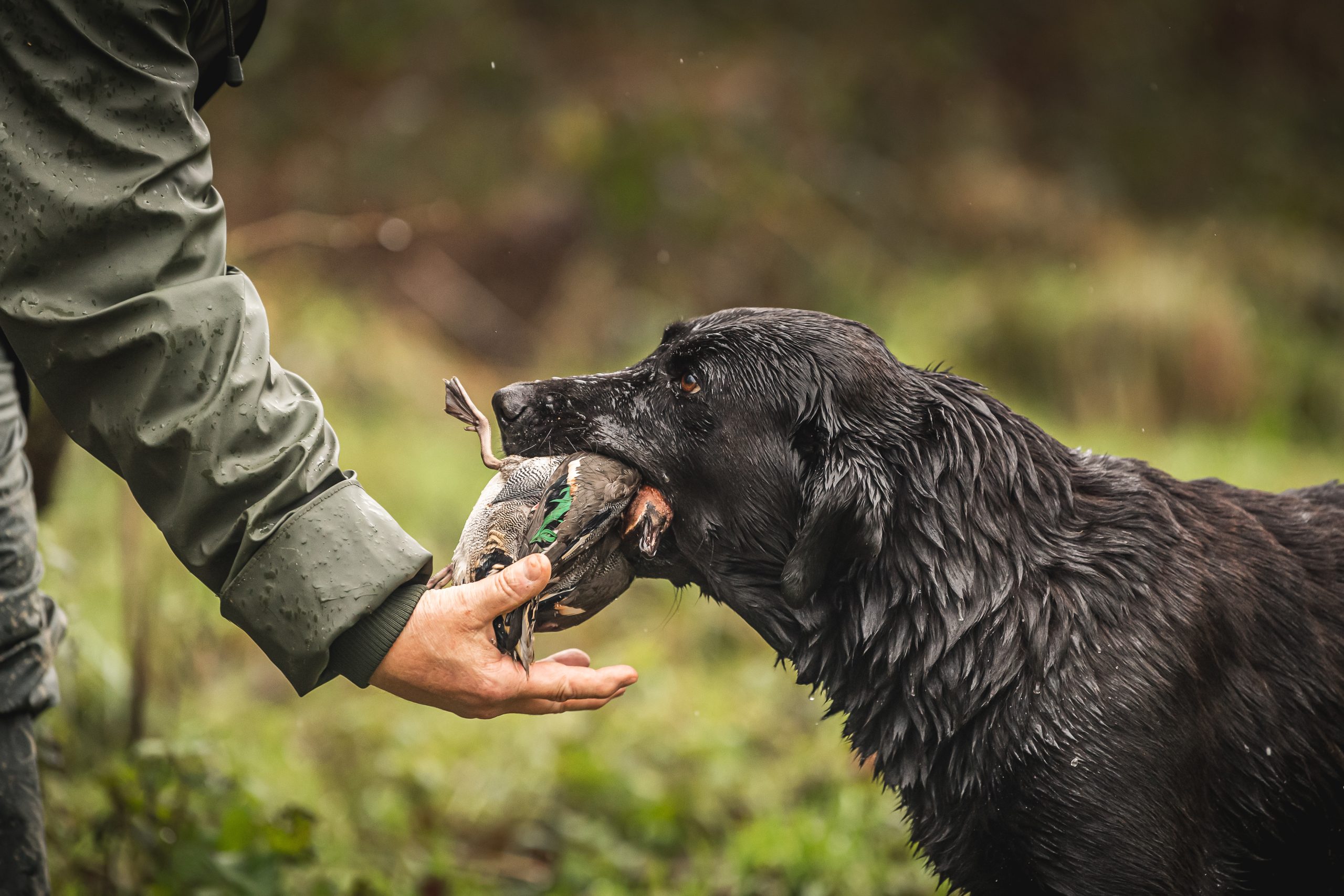Win CENS ProFlex DX5 earplugs worth £1,149 – enter here
Shooting
How to be a better Shot
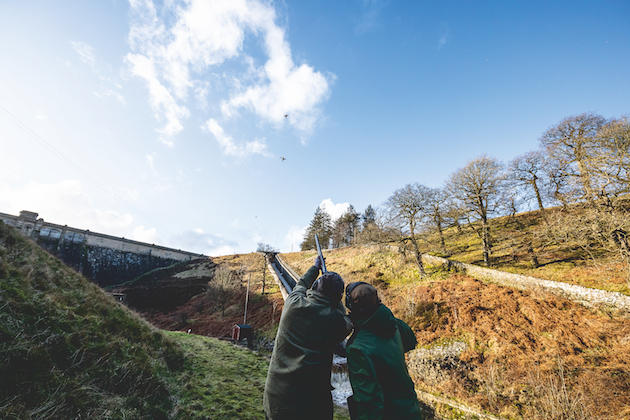
All of us would probably like to admit that we’d like to be a better Shot than we are. We might have been shooting out in the field for years, but there is always room for improvement. Refining our technique is something we should all work on.
I thought it might be helpful to give five pieces of advice that would help you on your way to becoming a better Shot. Read on, put them into practice and you should see an improvement in your shooting.
Be a better Shot
1. Have a relaxed and positive attitude
Shooting requires what might be called relaxed concentration. According to psychologists, you need to be ‘aroused’ but not too hyped up to do your best work in most sporting tasks.
Developing your natural hunting instincts can be helpful. The best Shots have fun, but they have a steely determination when required, something of the predator’s killer instinct if they are really good, and, notably, refined field senses: namely an acute visual and sensory awareness of their environment and quarry.
When you shoot really well you may seem to have ‘a different head on’. There is a little bit of Zen to it: intention and result are connected. Sometimes, when one is not doing well, it is as if you have become disconnected and the best response is to reconnect by concentrating on focus. Be at ease when it is appropriate but as you prepare to shoot: connect, focus, and lock-on. There must be nothing between you and the bird. When you have shot your mark, shoot another, or stand down and wait in that semi-relaxed but clear state until it is time to focus again. Recognise and befriend your inner hunter.
2. Make your technique as good as it can be
Shooting well requires confidence based in the knowledge that you know you can do it and have practised toward perfection. You should not step onto a peg without having honed the basics of your technique to the point that it has all become intuitive. Under pressure then, you will default to the right thing.
You should, of course, have learnt how to stand well and how to move the feet when required so you maximise your balance as you pull the trigger. I like to have my rear foot at about 90 degrees to the point where I take the shot. Your mount and swing should be perfected – fluent, rhythmic and unrushed. Smoothness is the order of the day. You must achieve and sustain perfect focus on every shot, developing a visual strategy, such as looking for the bird’s head. You should be aware of both lead (forward allowance) and line.
These skills can be practised at a clay ground pre- and mid-season, and also by shooting pigeons.
I generally advocate the ‘swing-through’ system or, at closer ranges, pointing at the bird (or its tail feathers) and pushing forward. So-called maintained lead has its uses too – notably when wildfowling.
If you have concerns about your technique then book a lesson at a good shooting school. Put cartridges through your gun all year round. Putting your gun away at the end of the game season and not touching it again is not a recipe for consistent performance – try some spring and summer clayshooting too.
3. Have complete confidence in your gun and cartridges
You need a gun, choke and cartridge combination that works for you. So it’s worth getting your gun tested at a pattern plate which will show where a gun is shooting for you and possibly highlight any issues of gunfit and eye dominance.
Your gun must not only fit you but it must suit you. In recent years 20-bores have become more popular, especially those with longer barrels. If you’re looking for a gun that maximises advantage, for most it would be a 28 or 30” 12-bore over-under with a bit of choke.
Going up a pellet size for cartridges may help to pull down more birds cleanly, and standardising on one load to use for most purposes helps (in my case 30 or 32 gram felt-wad 5s).
4. Understand your shooting vision
You must know your own eye-dominance and have it tested annually or biannually. Changes in eye-dominance can sneak up and cause havoc to consistent shooting. I often meet people who are continually shooting a foot or more to the side of their mark without realising it. When you show them this on clay targets or at a pattern plate, they are stunned.
It is also important to have your eyes tested regularly.
Focus on every bird throughout the shot, resisting the temptation to let the eye or eyes come back to the gun. Do this and you will unlock your extraordinary natural hand-to-eye co-ordination. Stare the bird to death.
5. Enjoy your day
Remember that you’re there to enjoy yourself, not to get completely stressed and anxious. Breathe in the fresh air and the scenery and make the most of the convivial company. If you’re relaxed and happy you’ll shoot better.
This article was originally published in Shooting Gazette in 2014 and has been updated.

